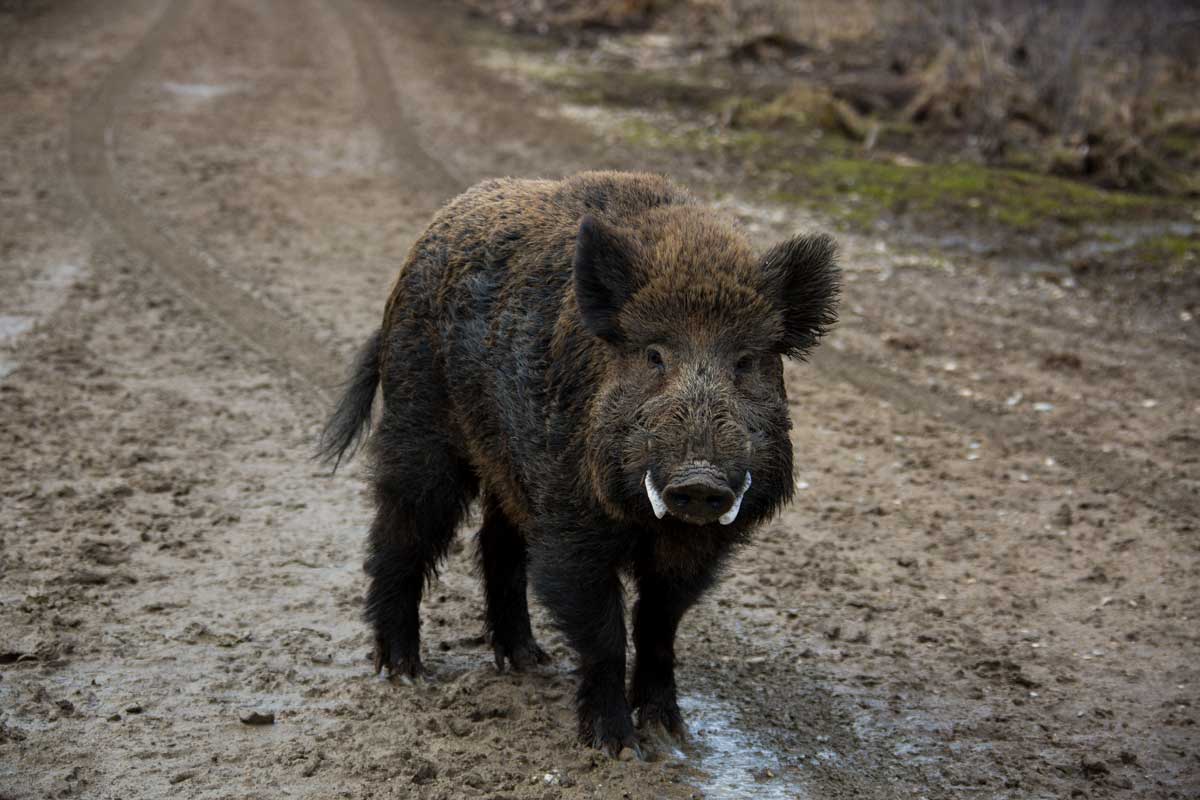
wild boar
The wild boar, known for its adaptability and robust nature, plays an important role in its ecosystem but can become a pest in agricultural areas.
wild boar Products
-
Animal display Freshling
1 reviewRegular price From 39,90€Regular priceUnit price / per -
Animal display boar
2 reviewsRegular price From 109,90€Regular priceUnit price / per -
Starter set - "Black Forest"
7 reviewsRegular price From 399,90€Regular priceUnit price / per -
Animal display Bache
1 reviewRegular price From 119,90€Regular priceUnit price / per -
Life-size deer foot stamp
1 reviewRegular price 159,90€Regular priceUnit price / per -
Life-size deer foot stamp
No reviewsRegular price 29,90€Regular priceUnit price / per -
Animal set - forest animals
3 reviewsRegular price 359,90€Regular priceUnit price / per -
Extension set - "Black Forest"
Regular price From 319,90€Regular priceUnit price / per -
Animal display boar - outdoor set
No reviewsRegular price 125,50€Regular priceUnit price / per -
Animal display young piglet - outdoor set
No reviewsRegular price 55,50€Regular priceUnit price / per -
Animal display sow - outdoor set
1 reviewRegular price 143,30€Regular priceUnit price / per -
Wildlife Sticker Set
No reviewsRegular price From 9,90€Regular priceUnit price / per
Profile: wild boar
-
Scientific classification
- Class: Mammalia (mammals)
- Order: Artiodactyla (even-toed ungulates)
- Family: Suidae (pigs)
- Genus: Sus
- Species: S. scrofa (wild boar)
-
Physical characteristics
- Size (male): 90-180 cm body length
- Size (female): 80-160 cm body length
- Weight (male): 130-250 kg
- Weight (females): 80-160 kg
- Special features: Robust build, short legs, large heads. Their fur is typically dark with lighter bristles. Young piglets have yellowish-brown stripes for camouflage.
-
Habitat and distribution
- Common regions: Europe, large parts of Asia, introduced in North America and Australia
- Habitat: Dense forests, undergrowth, agricultural areas, and urban fringe areas
- Adaptability: Very high, can survive in a variety of environments
-
Nutrition
- Diet: Omnivore
- Typical food: roots, tubers, insects, small animals, carrion and plant material
-
Reproduction and lifestyle
- Mating season: Mainly in late autumn
- Gestation period: Approx. 115 days
- Litter size: Average 4-6 piglets, can be up to 10 in favorable conditions
- Social structure: Live in groups (packs) led by an experienced female
-
Lifespan and protection status
- Life expectancy: Up to 10-12 years in the wild, up to 20 years under protected conditions
- Endangered status: Not endangered, in many areas even considered a pest due to overpopulation and damage to agriculture
- Management: Regulated hunting to control populations, especially in areas with frequent wild boar damage











